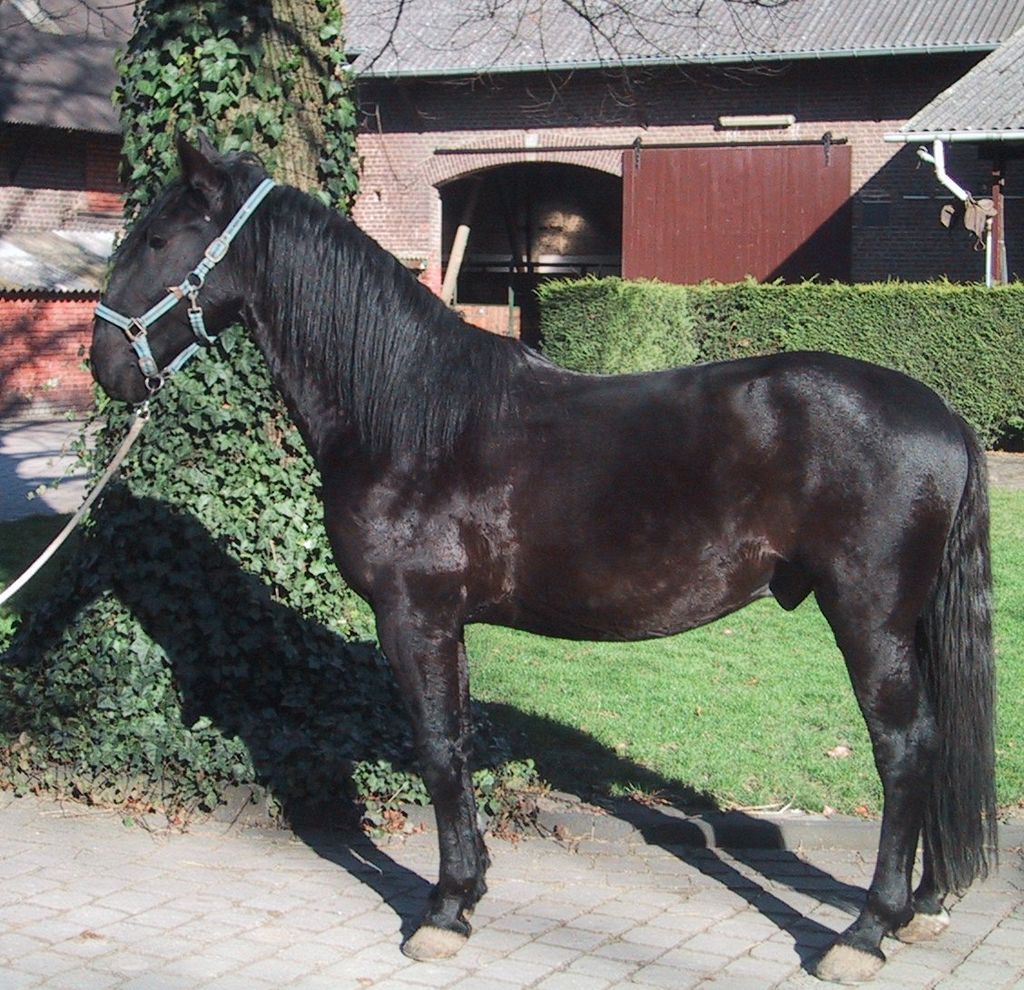The Kladruber horse
The Kladrub horse owes its name to the Imperial Stud of Kladruby, created in the 15th century and located in Bohemia (Czech Republic), where it was produced by mixing Spanish (Andalusian), Italian (Neapolitan) and Lipizzaner stallions of Spanish descent with the local breed. Part of the stock was destroyed during the Second World War. Anglo-Normans, Hanoverians and Oldenburgs were crossed with the remaining Kladrubers.

Caractère et aptitudes du cheval
Kladrubers are confident, calm, and docile. Solid, powerful, and active, they have great longevity. His ceremonial stride is raised, very high. His trot is lively and powerful.
Utilisations du cheval
A classic carriage horse, he was the carriage horse for ceremonies at the Austrian imperial court. Today, it is still a carriage horse and an excellent saddle horse.
Morphologie du cheval
Rather long head. Broad forehead. Convex profile. Wide nostrils. Large eyes. Extended body. Neck long, strong at base, knotted. Broad, slightly high withers. Shoulders muscular, sloping. Long back. Wide loins. Croup broad, muscular, short. Strong, resistant limbs. Wide, flat joints. Short pasterns; some dewlap. Well-formed feet. Tail set low. Coat almost always gray but also black. Abundant wavy mane. Size: often over 1.80 m in the early 20th century, currently 1.65 to 1.73 m.


